Cibadol believes that education is key for making the most informed decisions regarding your health.
This significant lock and key mechanism has completely changed our understanding of human anatomy and how the body heals.
What Is the Endocannabinoid System?
The endocannabinoid system is a biochemical communicative network that plays a crucial role in regulating our major physiological functions. This complex, lipid-based system is an important part of human biology and is also found in any organism with a vertebra.
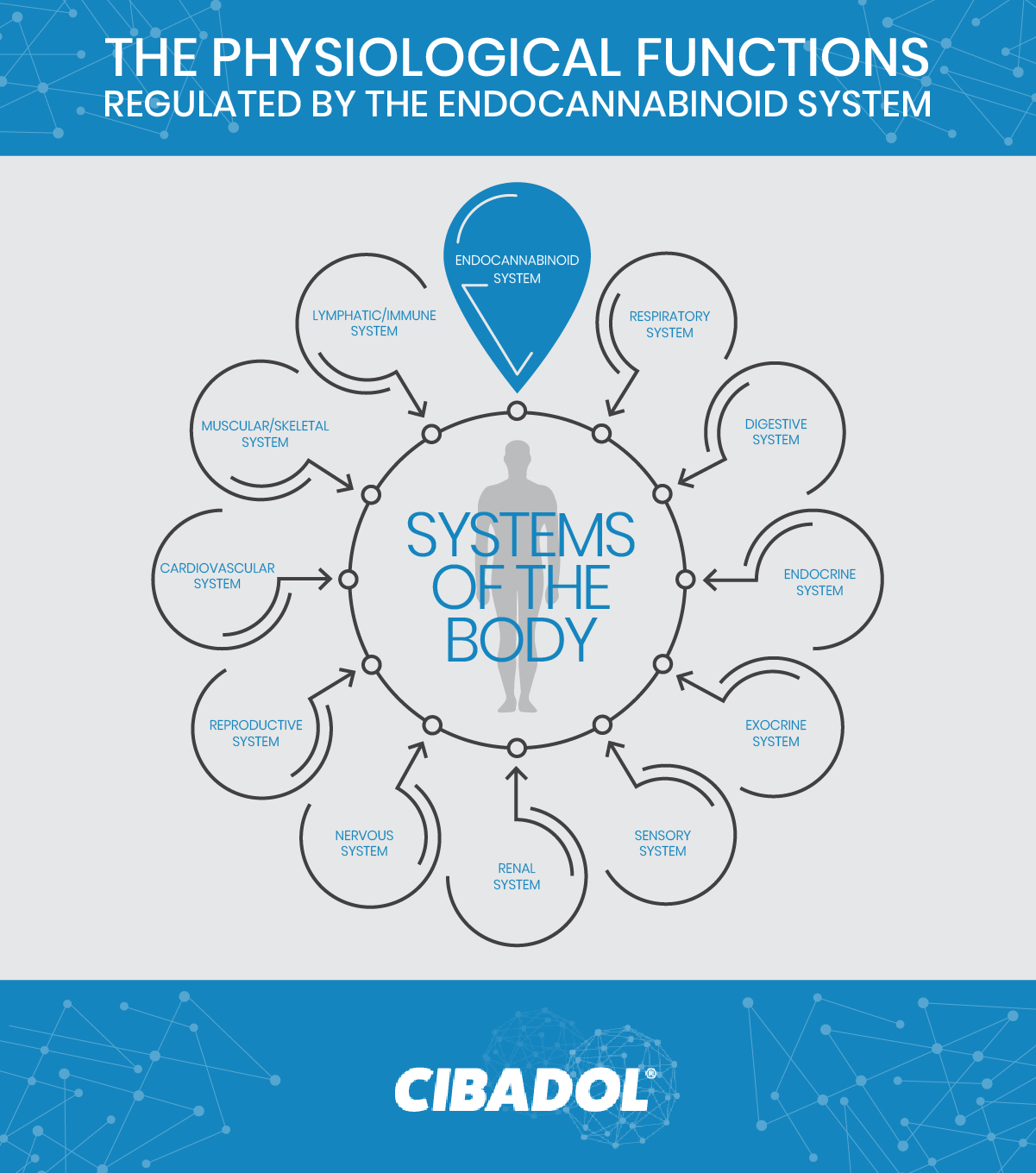
How Cannabis Research Led to the Discovery of the Endocannabinoid System
Israeli scientist Raphael Mechoulam was conducting research on the psychoactivity of THC and how the compound is activated by our biology. This significant cannabis research led to the discovery of the endocannabinoid system. Reflecting back on his work, Mechoulam has said, “By using a plant that has been around for thousands of years, we discovered a new physiological system of immense importance. We wouldn’t have been able to get there if we had not looked at the plant.”
In 1988, scientists Allyn Howlett and William Devane identified the first cannabinoid receptor in the brain of a rat. Scientists discovered this cannabinoid receptor through its pharmacological response to marijuana resin. Further research conducted discovered that cannabinoid receptors were actually more extensive than previously thought. There are actually more cannabinoid receptors located in the brain than any other type of neurotransmitter.
Significant Strides in Cannabinoid Receptor Research
In 1999, researcher Lisa Matsuda announced her work on behalf of the National Institute of Mental Health. She had discovered the DNA sequence that encoded the THC-sensitive receptor inside of a rat’s brain. We have the same cannabinoid receptors in our brains that are activated by THC. Cannabinoid receptors work as sensing devices that are consistently picking up on biochemical cues that flow throughout the cell’s surroundings. The first cannabinoid receptor scientists were able to identify was named CB1. They were able to locate CB1 receptors which were populated throughout the brain, with significant concentrations in the cerebellum (coordination), cerebral cortex (higher cognition), hippocampus (memory), amygdala (emotions), hypothalamus (appetite), basal ganglia (movement), and more.
Matsuda successfully cloned CB1 receptors which led to the discovery of molecules which worked as agonists and antagonists. This also facilitated the identification of a second cannabinoid receptor called CB2. This secondary cannabinoid receptor is densely located throughout bones, gut, spleen, heart, liver, blood vessels, kidneys, endocrine glands, reproductive organs, and lymph cells. Scientists concluded that CB1 receptors modulate psychoactivity while CB2 receptors regulate the body’s immune system response.
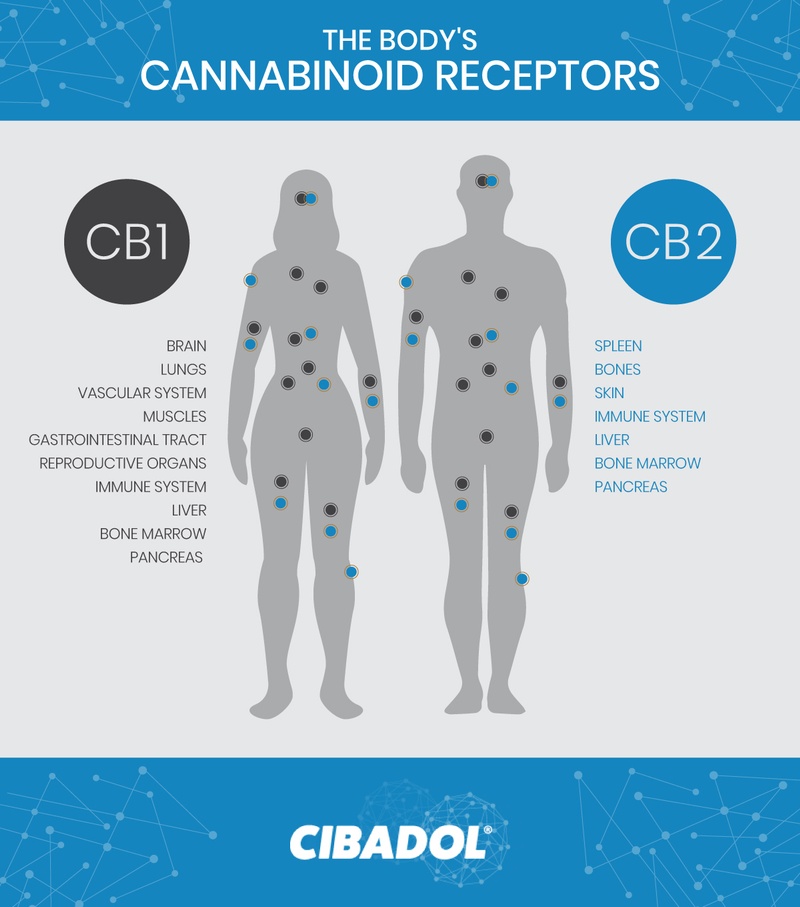
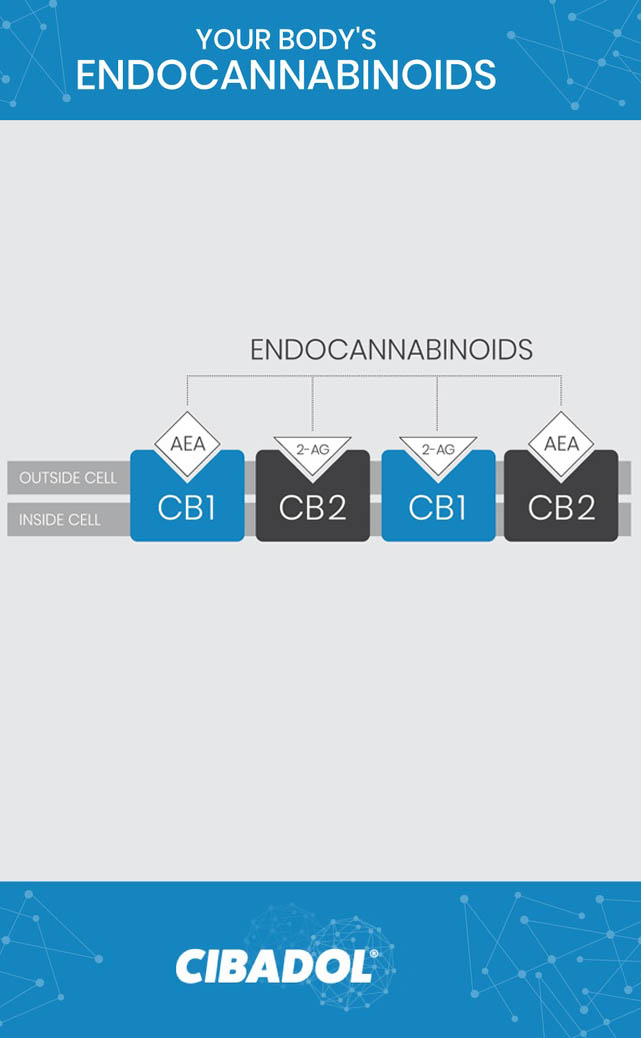
The Exploration of Endocannabinoids
In 1992, Mechoulam worked with Howlett and Devane to investigate the endocannabinoids produced by our bodies that attach to CB1 receptors the same way that THC did. They found an endocannabinoid that attached to CB1 receptors, naming it anandamide. Anandamide is also commonly referred to as the bliss molecule. Anandamide possessed interesting properties that helped in regulating inflammation, body temperature, motor function, eating, and anxiety. In 1995, Mechoulam and his team of researchers found a second endocannabinoid and named it 2-arachidonoylglycerol or 2-AG. 2-AG differs from anandamide since it actually attaches to both CB1 and CB2 receptors. They discovered that 2-AG regulated the same functions as anandamide but also served as a messenger molecule for optimizing signal transmissions inside the brain while balancing inflammation and the body’s immune response.
Scientists were able to find an unknown molecular signaling system through their cannabis research and following the metabolic pathways of THC. They decided to name this biochemical communicative network after the plant that led them to this discovery. Dr. John McPartland has explained that the endocannabinoid system has been a highly significant biological function in animal physiology for over 600 million years.
During 1992, the International Cannabinoid Research Society was created in order to conduct more research on cannabinoids as well as the newly encountered endocannabinoid system. US grants backed all of this incredible research, helping lead to the conclusion that CB1 and CB2 receptors are activated by three types of cannabinoids: phytocannabinoids derived from cannabis (hemp-derived CBD), endogenous fatty-acid cannabinoids (endocannabinoids), and synthetic cannabinoids (lab-synthesized cannabinoids).
The Role of the Endocannabinoid System
Scientists have concluded that CB-receptor signaling regulates pain, inflammation, analgesia, appetite, gastrointestinal mobility, sleep cycles, immune cells, hormones, mood-altering neurotransmitters, and fertility. The endocannabinoid system plays an important role in regulating both our cognitive process as well as our everyday experiences.
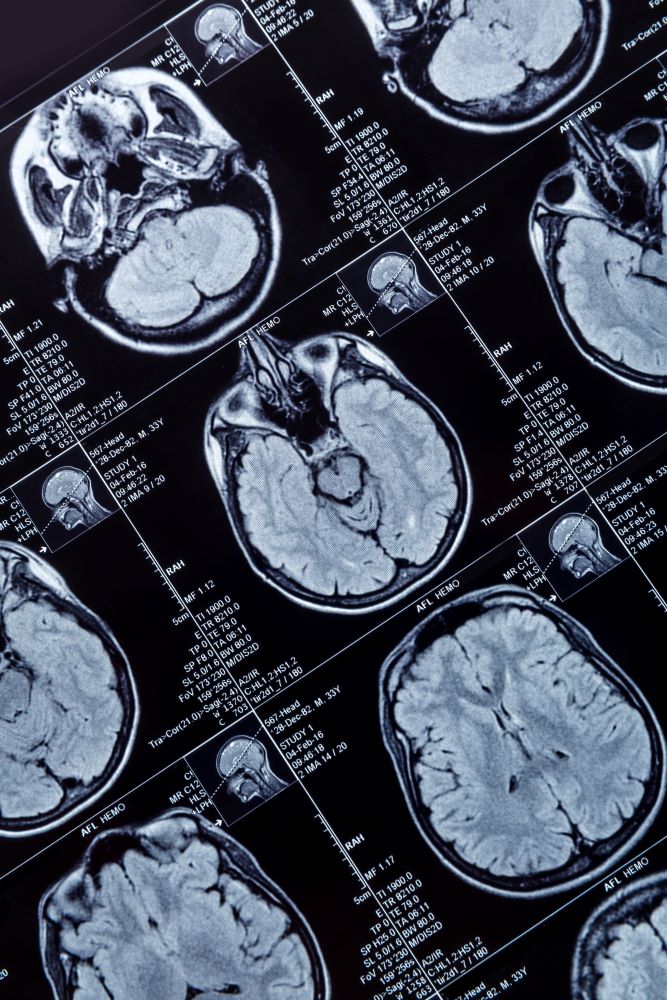
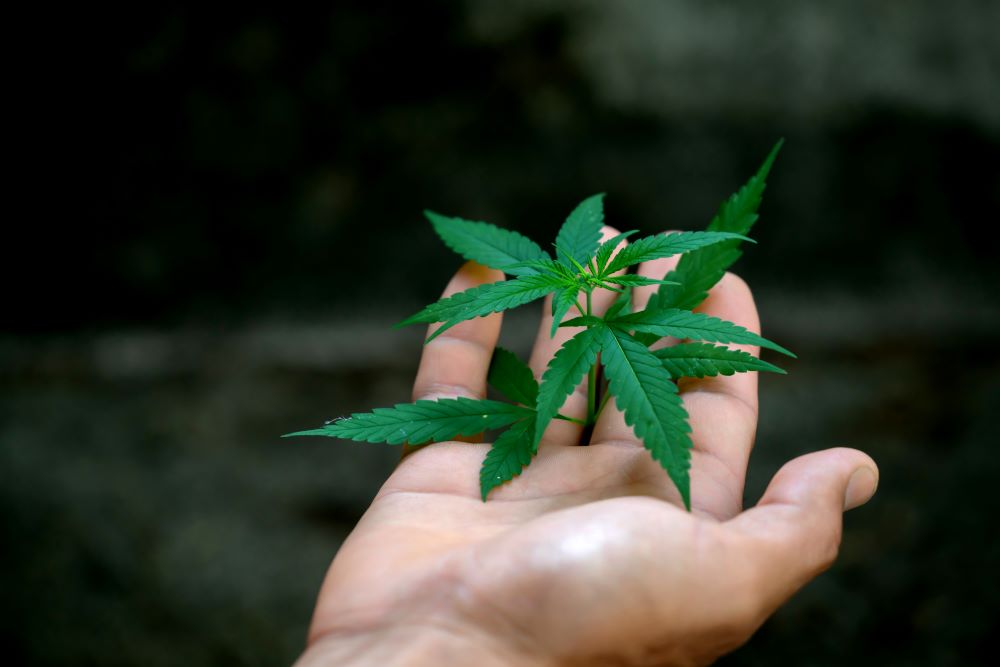
CBD and the Endocannabinoid System
CBD is a phytocannabinoid that’s naturally-occurring in both hemp and marijuana plants. CBD has the same chemical makeup as our endocannabinoids and successfully activate our cannabinoid receptors. When CBD is introduced to our bodies, our cannabinoid receptors are activated which in turn triggers a multitude of biochemical changes regulated by the endocannabinoid system. This causes the same harmonic response our bodies produce naturally with endocannabinoids. By sparking our inhibitory feedback system, excessive physiological activity and the body’s inflammatory response are both cooled off.
Invest In Your Health Today
Cibadol is happy to answer any questions you have regarding our vertical integration. We welcome you to visit us! Start investing in your health today!